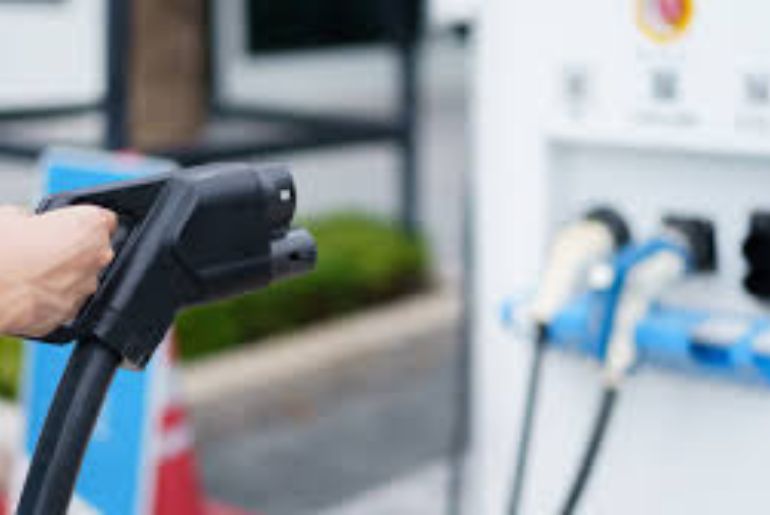There is some good news in the first quarter of 2025 after years of deteriorating public EV charging reliability.
In the United States, the reliability of public EV chargers has increased for the first time in four years.
In the first quarter of this year, 84% of public charging efforts in the US were successful, per a J.D. Power analysis that was initially reported in Automotive News. To put it another way, 16% of attempts have failed, which is a significant improvement over the previous four years.
- Public EV chargers in the U.S. saw an uptick in reliability in Q1.
- In the first three months, 16% of charging sessions were unsuccessful, according to J.D. Power.
- That’s the best number from the last four years.
The failure rate has been about 20% per year since 2021. For example, according to J.D. Power, one in five drivers (20%) could not charge at a public dispenser in 2024, up from 18% in 2023. Despite charging corporations having to deal with the big elephant in the room, the start of this year is promising. The National Electric Vehicle Infrastructure (NEVI) program, which had allocated $5 billion to assist states in installing more DC fast chargers along highways, was kneecapped by the Trump administration in February.
Although a lot of harm has already been done, states are retaliating in court in the hopes of obtaining federal cash.
Charging operators have therefore turned their focus to enhancing the chargers that are currently in place. And the explanation is straightforward: cash. One of the biggest EV charging firms in the US, EVgo, reported a 9% usage rate two years ago. Thanks to the increasing number of electric cars on the road, that percentage is currently at 24%.
Loren McDonald, chief analyst at EV charging data analytics firm Paren, stated that “if a charger is down, it’s costing you money.” “The businesses entering this market are improving,” he continued. “A large portion of the industry began to concentrate much more on updating, repairing, and replacing stations that were already having problems.”
The same concerns still exist, such as malfunctioning parts or hardware, incompatibilities between vehicles and chargers, and charger-specific problems. The current difference is that operators are working feverishly to repair the existing infrastructure; according to a Driivz survey of 300 charging firms, one-third of operators want to upgrade their networks this year.
Electrify America saw 50% more charging sessions in 2024 than the previous year. This is partially because the corporation is expanding its network by adding stations on a sporadic basis and also because idle fees have been put in place to cut down on wait times and traffic.
Executive director of J.D. Power’s electric vehicle practice Brent Gruber stated, “When you look at what’s driving those failure events, it’s always [that] the charger was out of service or it was malfunctioning.” “It has improved, but it remains the leading cause of failure.”

